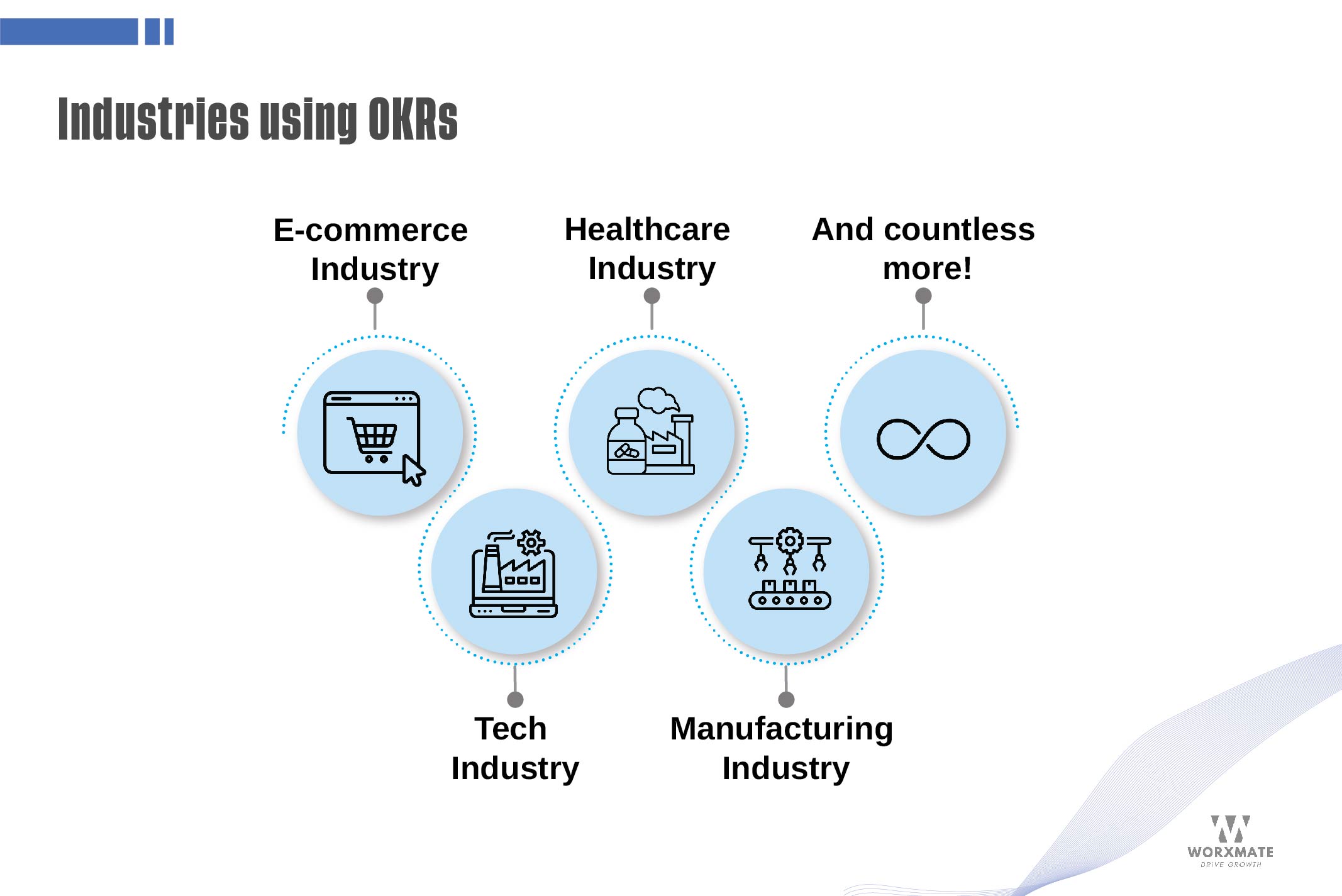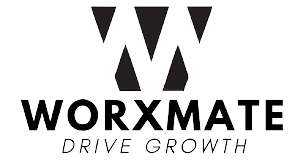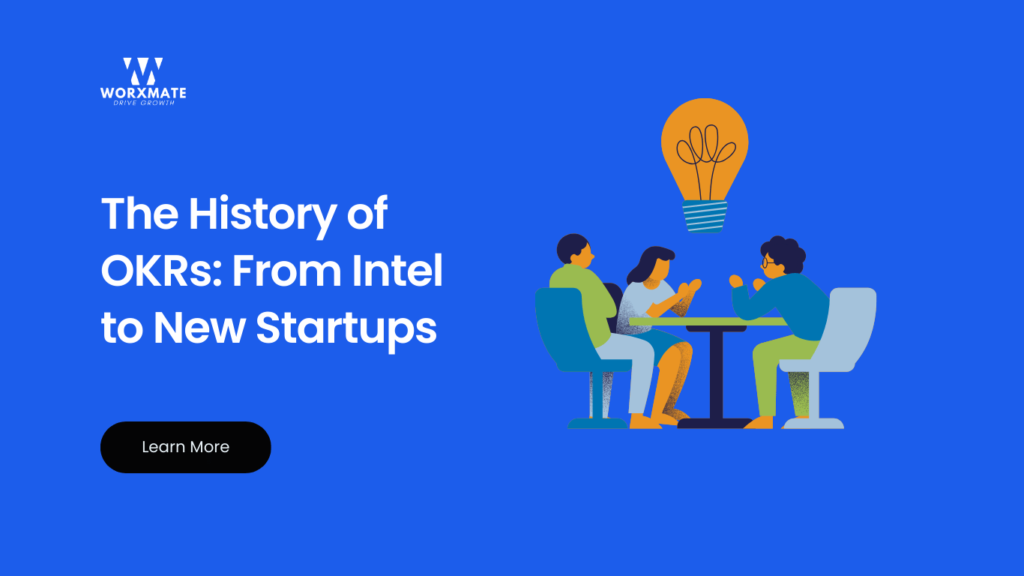In the 1970s, Andy Grove introduced OKRs at Intel. Since then, they have become a fundamental aspect of goal-setting strategies adopted by major corporations such as Google and startups.
OKRs became ingrained in Intel’s DNA, serving as a roadmap for innovation and growth. Teams rallied around clear objectives, such as improving manufacturing efficiency or launching groundbreaking products, while key results provided tangible metrics to gauge progress and success. Grove’s pragmatic approach to goal-setting transformed Intel into a powerhouse of innovation, setting a precedent for companies worldwide.
John Doerr and the Popularization of OKRs
The turning point for OKRs came with John Doerr, a venture capitalist with a keen eye for organizational excellence. In 1999, Doerr introduced OKRs to Google, then a fledgling startup with big ambitions. Drawing from his experiences at Intel, Doerr recognized the transformative potential of OKRs in aligning Google’s diverse teams and driving innovation at scale.
Under Doerr’s guidance, OKRs became synonymous with Google’s culture of relentless pursuit of excellence. From engineering to marketing, every team at Google set ambitious objectives, whether it was revolutionizing search algorithms or expanding into new markets. Key results provided a yardstick for success, enabling teams to iterate quickly and adapt to changing market dynamics.
Google’s rise to prominence served as a testament to the power of OKRs, attracting attention from industry leaders and startups alike. As Google’s success story spread, so did the adoption of OKRs, becoming a staple in the arsenal of modern business management.
Expansion of OKRs
Beyond Google, OKRs found fertile ground in startups and multinational corporations. Companies such as Spotify, Slack, Deloitte, and Dropbox embraced OKRs as a catalyst for growth and innovation. The flexibility and scalability of OKRs made them adaptable to organizations of all sizes, from nimble startups to sprawling corporate giants.
In startups, OKRs are a tool for navigating uncertainty and driving rapid iteration. Whether it was launching new features, acquiring users, or securing funding, OKRs provided a framework for aligning team efforts and prioritizing initiatives. From humble beginnings to industry disruptors, startups leveraged OKRs to fuel their growth journey.
Multinational corporations, on the other hand, tapped into OKRs to foster alignment and agility across geographically dispersed teams. Companies such as Spotify used OKRs to synchronize product development cycles, ensuring a seamless user experience across global markets. Deloitte leveraged OKRs to drive strategic initiatives and promote cross-functional collaboration, breaking down silos and unlocking hidden synergies.

Implementing OKRs Across Industries
Let’s understand how OKRs are tailored and applied in specific industries.
E-commerce Sector:
OKRs drive sales growth, enhance user experiences, and optimize marketing campaigns. E-commerce companies set objectives to increase website traffic, boost conversion rates, and expand customer bases. Key results may include metrics such as website visits, conversion rates, average order value, and customer satisfaction scores. By aligning teams around common goals and tracking progress through measurable key results, e-commerce businesses can stay agile and responsive to market changes.
Healthcare Industry:
Healthcare providers leverage OKRs to improve patient outcomes, streamline operations, and enhance clinical quality. Objectives may revolve around reducing patient wait times, improving medication adherence rates, or enhancing patient satisfaction scores. Key results could include metrics such as patient wait times, medication adherence rates, and patient satisfaction survey scores. By aligning clinical teams and administrative staff around common objectives, healthcare organizations can drive continuous improvement in patient care delivery while maximizing operational efficiency.
Manufacturing Sector:
OKRs drive efficiency improvements, waste reduction, and innovation in product development. Objectives may focus on increasing production throughput, reducing defect rates, or launching new products. Key results could include metrics such as production cycle times, defect rates, and new product launch timelines. By aligning production teams, quality control, and research and development around common objectives, manufacturing companies can optimize their operations and maintain a competitive edge in the market.
Implement OKRs effectively with our expert tools and templates. Take the first step toward achieving your organizational goals. Download your free OKR Ebook guide today!
Key Data and Statistics About OKRs
The impact of OKRs on organizational performance is well-documented, with numerous studies highlighting their effectiveness in driving employee satisfaction, performance improvement, and financial results. According to research, companies with consistent use of OKRs experience a 3% increase in performance, underscoring their role as a catalyst for growth and innovation. 78% of employees using OKRs report higher job satisfaction, indicating a positive correlation between goal alignment and employee engagement.
While implementing OKRs presents challenges, such as distinguishing them from day-to-day tasks and aligning them between teams, the benefits far outweigh the costs. Companies such as Sears Holding Company have seen an 8.5% increase in average hourly sales after implementing OKRs, demonstrating a clear return on investment. By focusing on key metrics such as revenue growth, market share, and customer satisfaction, organizations can track progress and drive continuous improvement with OKRs.
Conclusion
As we reflect on the evolution of OKRs from Intel’s laboratories to the bustling startup hubs of today, one thing becomes clear: OKRs are here to stay. What started as a humble goal-setting methodology has blossomed into a global movement, transforming the way organizations set and achieve their goals. From multinational corporations to scrappy startups, OKRs have become a cornerstone of organizational excellence, driving innovation and fostering alignment at every turn.
As we look to the future, one can only imagine the possibilities that await as OKRs continue to shape the world of business and beyond!
Ready to transform your approach to objectives and key results? Start your journey with Worxmate’s OKR Software and see measurable success. Book your OKR demo today!




